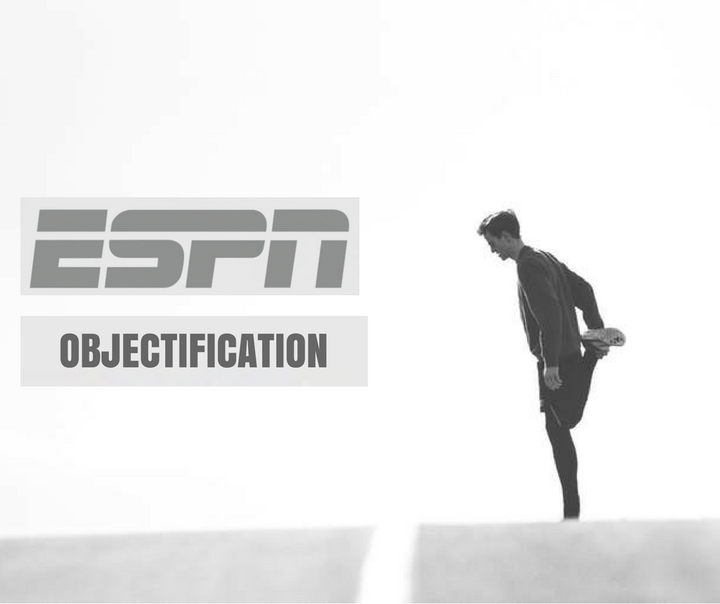
ESPN recently released its annual “Body Issue” which includes interviews and nude photographs of sixteen athletes and sports teams. Bare backsides and strategically placed hands and sports equipment to “cover” critical body parts have filled the glossy pages of ESPN annually since the magazine first instituted this issue in 2009.
Each year the interviews in this issue are filled with athletes relating their success stories, sharing struggles they have overcome, and commenting on how “empowered” they feel about their nude photographs.
Many people are no longer surprised when they see ESPN’s Body Issue since nude or sexualized images in magazines are so common. Unlike the yearly Sports Illustrated Swimsuit Issue which “overtly sexualizes women, something that cannot be denied though the publication attempts to envelope its raw sexual appeal in the veneer of ‘empowerment’ and ‘athleticism,’” ESPN’s Body Issue is most likely not intended to be sexually arousing.
But let’s take a step back and question why these images are so popularized in the first place, and work to think critically about the images we consume and promote.
ESPN is well aware that sex sells.
While the intention of the individual interviews might be to relate the athletes’ accomplishments, the nude photoshoots serve to obscure the athletic talent with visual sexual appeal. The athletes’ accomplishments could easily be highlighted, and their impressive physique could still be showcased, with clothing.
In addition, ESPN is aware that a significant portion of its consumers are young men. One photoshoot includes six female hockey players who huddle together in a photograph similar to a Victoria’s Secret advertisement minus the lingerie. Many who click on the Body Issue are not interested in further understanding the athletes’ physical skills; they are more interested in seeing them naked.
Whether ESPN intends it or not, the Body Issue is one more drop in the bucket of increasingly normalizing sexual objectification (of both men and women—but overwhelmingly women) in our society.
Some evidence for this fact is the double standard response to male/female nudity in the latest Body Issue. When it was revealed that the front cover of the Body Issue contained a photo of a naked football player, men took to Twitter complaining about the male nudity prompting Buzzfeed to publish an article in response.
The female nudity was met with silence or brief comments like “Where’s her butt?”
If mass distributed nude pictures were truly empowering, wouldn’t male nudity be met with more acclaim? Or is the argument that stripping before cameras is empowering an illusion?
Our culture views nude images as a source of empowerment when in actuality they are more often a conduit for sexual objectification. In a way, this likens to the Wizard in the Wizard of Oz who is upheld as a giver of power and autonomy but is actually a puppet, enveloped by smoke, operated by an embodiment of the mundane.
The ESPN Body Issue is asking us to “pay no attention to the man behind the curtain,” to the reality of objectification, and instead to buy into the impressive myth of nudity-based empowerment.
So while the ESPN Body Issue may not be the most flagrant offender of sexual objectification, it is important to see through the smoke and to think critically about the cultural fallacies it portrays.
To read more about sexual objectification visit endsexualexploitation.org/objectification
Follow Haley Halverson on Twitter: @HaleyCHalverson
